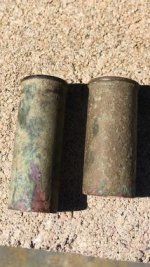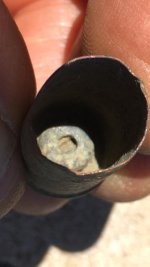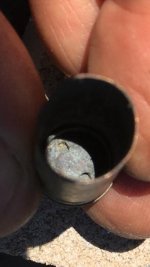History does document a few drawbacks to the Schofield Model 1 other than not being able to chamber the Colt 45 cartridge;
A quote from True West Magazine:
Under ideal conditions this design is surely a much faster way to reload, however when attempted from a possibly excited, plunging horse, as often encountered in the heat of battle, loaded cartridges still in the cylinder would sometimes hang up in it, causing a temporary jam that needed to be cleared manually. This writer has experienced both the speed of reloading a Schofield (originals and replicas) and cartridge hang-ups, while taking part in mounted cavalry re-enactments and cowboy mounted shooting competitions.
I have also read that mounted Calvary soldiers from that period complained that the latch on the frame of the Model 1 Schofield would open from bouncing in the holster on horseback releasing the barred from the locked closed position and when the gun was drawn and brought up to fire at the enemy? the barrel would tip down and eject the loaded cartridges.




